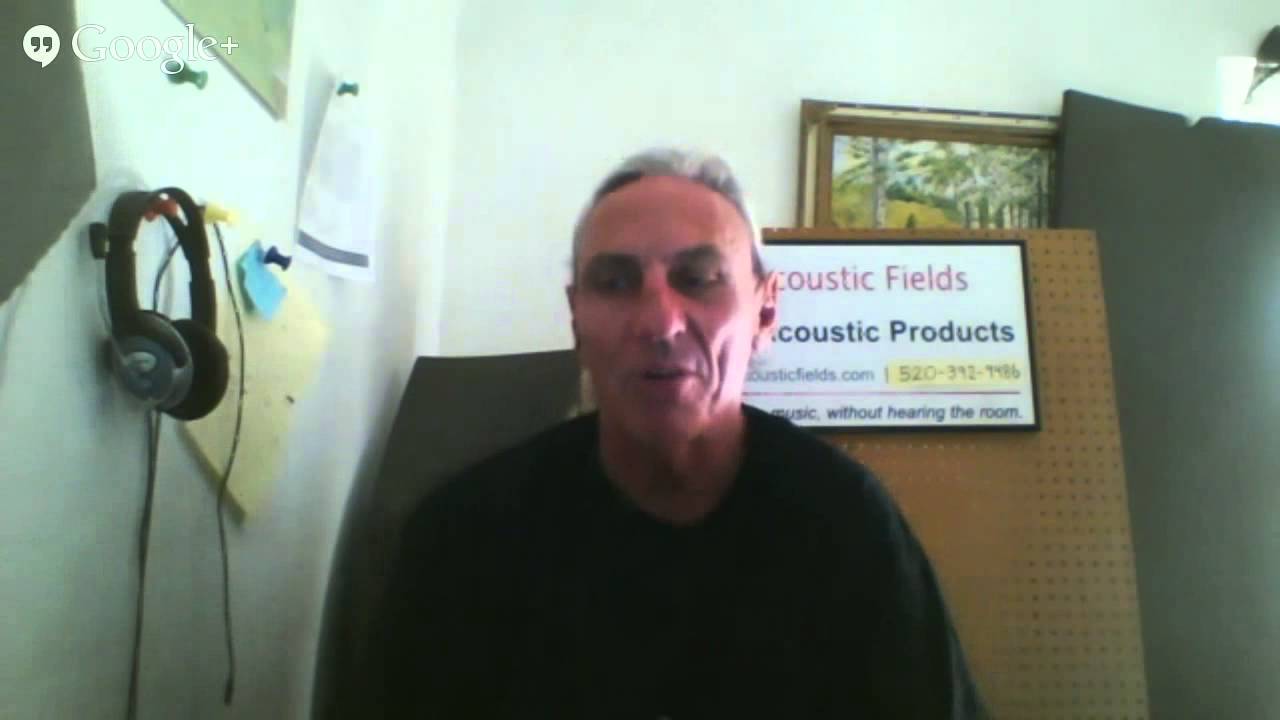Last week I was asked “Is a live end dead end (LEDE) approach good for home theaters?” Well basically that means that the front of the control room has more absorption and the rear of the control room is more diffusion or just more reflection surfaces. That is a personal choice, There’s all kinds of ways that you can treat the room. We have the technology now with our acoustical treatments, to really do some nice things acoustically. We can make surfaces disappear. We can add mass to a room and get more low-end. There’s all kinds of things that we can do today with acoustical treatment that we weren’t able to do in the past.
So is Live-end Dead-end no longer used and is old-school? Well it’s just another option. There are no absolutes in acoustics. It’s art and science, so if you’re going to say the Live-end Dead-end is old-school, I can take you into some of the finest schools or the finest studios in the world that use that and produce beautiful music. So it’s really not old-school, it’s just part of the school. So it’s just another way to go if you don’t like that then you can have a more lively front-end, not difficult to achieve.
For the home theater situation, would the same apply?
Live-end Dead-end is mainly a concept for professional control rooms. Applying it to home theaters, I guess you could say that. With home theater you have so many sources, absorption has to be part of your tool bag, it’s just got to be, because you’ve got five speakers, six speakers, Dolby Atmos has Sixty-three. So you’ve got all this energy in the room striking all the surfaces and moving everywhere and moving over each other and pressure levels rising and falling, sound energy moving front of the room, back of the room, across the room, up and down.
There’s a lot of variables, so absorptions got to be part of your tool kit. Now how you apply that and how you use it, well yeah there’s some personal preference there. I like an absorptive front-end for home theater, diffusion for sidewalls and rear walls and ceiling, that’s personal preference on my part that also depends on room size and volume.
In Summary
So I hope that helps you. If you would like your home theater acoustic issues analysed for free by me then please fill in the form here and I will be happy to take a look for you.
Thanks and speak soon
Dennis








“so if you’re going to say the Live-end Dead-end is old-school, I can take you into some of the finest schools”
Love that!!
Yes, I misspoke. It is old school but good school as well.